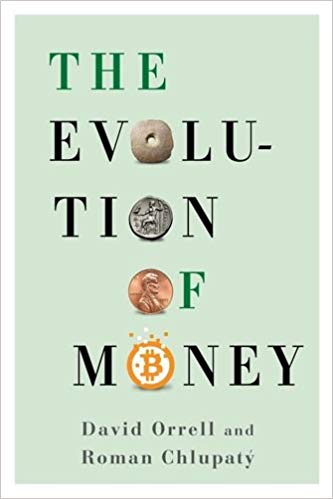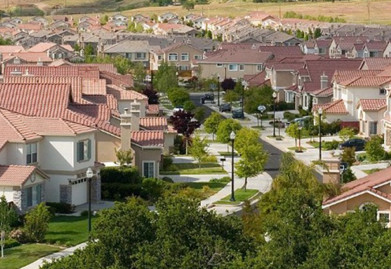|
 |
The Reverse Brain Dr |
|
| As weыe discussed on many occasions, the primary driver of economic well being in the rest of the 21st century will be innovation. For more than a century, the United States has been the worldыЉ most vibrant economy ?largely because it has been the consistent leader in scientific research and innovation. Regardless of whether you measured this innovation in terms of scientific papers published, or the number of patents issued, the U.S. always left the competition in the dust. |
|
|
 |
The Evolution of Mon |
|
| РњРк | David Orrell 외 |
| УтЦЧЛч | Columbia University Press |
|
 |
The Great 21st Centu |
|
| Few people realize that we are on the threshold of a truly remarkable period in history. We are witnessing the convergence of several powerful trends that will soon produce a tremendous economic boom. |
|
|
 |
ъГ ыАыэыы ьЌэ The Densif |
|
| ьЄыЋыь ьыЉыІЌьЙИ ыыІМь эыы тъЕьИь ыьАэ ь ьъГМ эь эМьМ эьЄыЁ ыыЌьИьИ ьЃМэь ьь тэы ъВьДьыЄ. эьЇыЇ ьДыЌэ ъЕьИ ъБАьЃМыГДыЄ ыЉъА ьэАыЁь ъГ ыАыэъА ьИыЅьъВ ы ыЇь ээь ьЃМъГ ыьэъА ъВНь ь ьДыМы ьь ыЄъА эьБыъГ ьыЄ. ь ыЇ ъЗИыА ъВьМъЙ? |
|
|
 |
Enabled by Technolog |
|
| In the January 2005 issue of Trends we traced the rapid growth of the real-estate boom in the exurbs. As we explained, according to the U.S. Census, the average commute, measured just one way from home to work, increased by roughly 20 percent from 1980 to 2000, to 25.5 minutes. |
|
|






 [209]БЧ
[209]БЧ 




